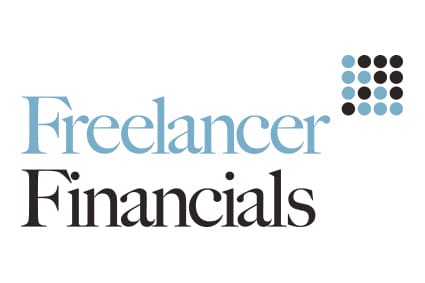HMRC hail success of upfront tax payments
Since the introduction of Accelerated Payment Notices (APNs) in 2014, HMRC has collected £1 billion from those involved in tax avoidance schemes.
The Revenue have issued more than 25,000 notices to people since August 2014 and by the end of next year expects to have completed issuing around 64,000 bringing forward £5.5 billion in payments for the Treasury by March 2020.
The Government introduced Accelerated Payments last year to radically change the economic landscape of avoidance. Under these rules, disputed tax is paid up front by users of tax avoidance schemes.
David Gauke, Financial Secretary to the Treasury, said, “The Government will not tolerate tax avoidance and Accelerated Payments has been a real game changer. It is no longer possible for these individuals to avoid tax and sit on the money while their affairs are investigated. This first £1 billion received in Accelerated Payments shows that we are turning the tables on those looking to avoid paying their fair share.”
Director General for Enforcement and Compliance at HMRC, Jennie Granger, commented, “Tax avoiders are running out of options. People now have to pay upfront and dispute later. We are winning around 80% of avoidance cases that people litigate. And many more are settling before litigation.”
Ten things you need to know about APNs
HMRC have recently published the above to help those who have received an APN better understand the consequences of the notice:
-
The tax must be paid within 90 days unless representations are made, in which case the period may be longer. The payment doesn’t have to be made in one hit as longs as it is all paid by the due date.
-
Don’t ignore the notice as failure to pay an APN by the due date could lead to late payment penalties or surcharges becoming due and potential enforcement action being taken to recover the tax or NIC.
-
Anyone who thinks they will have problems paying the APN should contact HMRC as soon as possible. HMRC will talk to individuals about different payment options.
-
APNs are being issued on a scheme by scheme basis, so if someone is in a number of schemes, they may not get all of the APNs that HMRC plans to issue at the same time.
-
APNs are sent out for each year of the avoidance scheme an individual has been a participant and for each type of tax involved. For example, if someone has used an employment scheme for two years and that scheme gives both a tax and NIC advantage they may receive up to four APNs.
-
The APN will only cover the tax or NIC advantage relating to the specific avoidance scheme covered by the APN. The amount shown may not be the final liability agreed, which may be larger or smaller than the amount of the APN. It will not include any interest, penalties or other tax that may be due in the year. Once the enquiry or appeal is finalised, therefore, there may be additional amounts to pay.
-
There is a right to make representations against the APN. A taxpayer also has a right to appeal against the underlying tax or NIC that are in dispute.
-
If someone feels the amount quoted is incorrect or the conditions have not been met, they may make a representation which HMRC will consider. Representations should be made in writing within the 90 days before payment becomes due. HMRC will respond in writing, setting out the results of their review.
-
Where someone receives an APN at the same time as a settlement opportunity is in place, the value of the APN will not necessarily be calculated on the same terms offered in the settlement opportunity. Settlement opportunity calculations may also include interest and penalties. The APN may therefore not be for the same amount as the figure requested in order to settle the matter in full with HMRC.
-
If someone wishes to settle their tax affairs and they have received an APN, they should contact HMRC as soon as possible. They will still have to pay the APN by the due date to avoid late payment penalties, but any payment received will be treated as a payment on account of the final liability and will stop the interest accruing on the underlying debt from the date it was received.





Leave a Reply